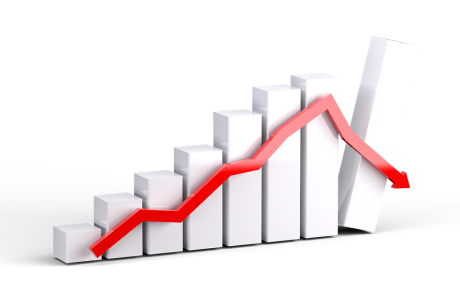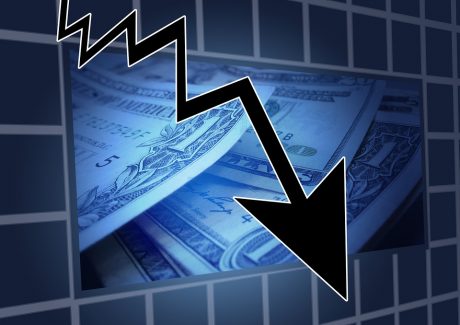See Argentina’s 100-year dollar-bond and emerging-market “turmoil” as the Hot Money flees.
Let’s be clear: It’s not just Argentina. But Argentina is the most elegant example. The exodus of the hot money from emerging markets where cheap dollar-debts were used to fund pet projects and jack up leverage is – once again – in full swing. Cheap dollar-debt in emerging markets is an old sin that, like all old sins, is repeated endlessly. The outcome is always trouble. But during the act, it sure is a lot of fun for everyone.
The exodus of the hot money is even gripping the non-basket-case emerging economies of Asia where it’s causing the worst indigestion since 2008. Bloomberg:
Overseas funds are pulling out of six major Asian emerging equity markets at a pace unseen since the global financial crisis of 2008 – withdrawing $19 billion from India, Indonesia, the Philippines, South Korea, Taiwan, and Thailand so far this year.
While emerging markets shone in the first quarter, suggesting resilience to Federal Reserve tightening, that image has shattered over the past two months. With American money market funds now offering yields around 2% – where 10-year Treasuries were just last September – and prospects for more Fed hikes, the bar for heading into riskier assets has been raised.
“It’s not a great set-up for emerging markets,” James Sullivan, head of Asia ex-Japan equities research at JPMorgan Chase, told Bloomberg. “We’ve still only priced in about two thirds of the US rate increases we expect to see over the next 12 months. So the Fed is continuing to get more hawkish, but the market still hasn’t caught up.”
Emerging markets have responded to this new environment and a newly hawkish Fed with all kinds of gyrations, including raising rates in order to prop up their currencies. For example, the central banks of Argentina and Turkey hiked key rates to 40% and 17.75% respectively.
…click on the above link to read the rest of the article…



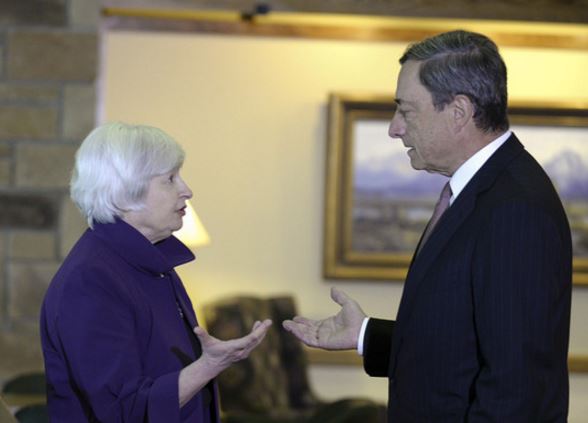
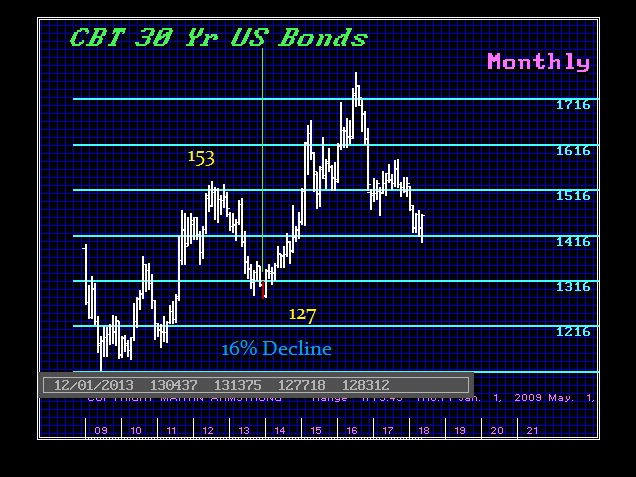
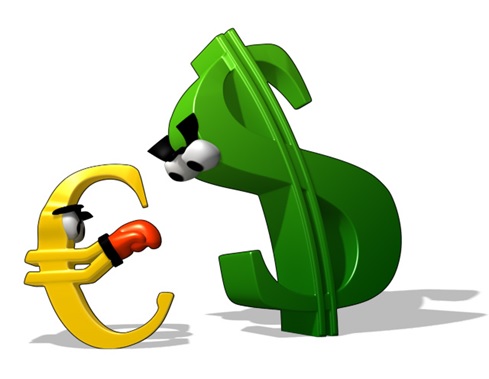
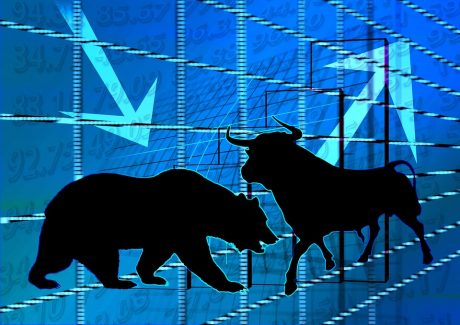
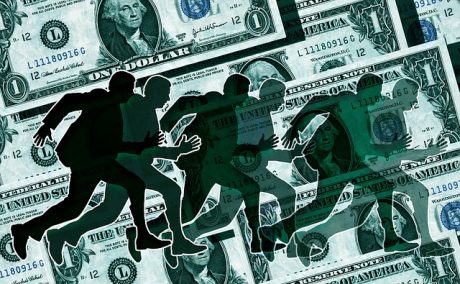

 Now, in yet another note meant to prompt selling of Treasurys (and buying of stocks that
Now, in yet another note meant to prompt selling of Treasurys (and buying of stocks that 
